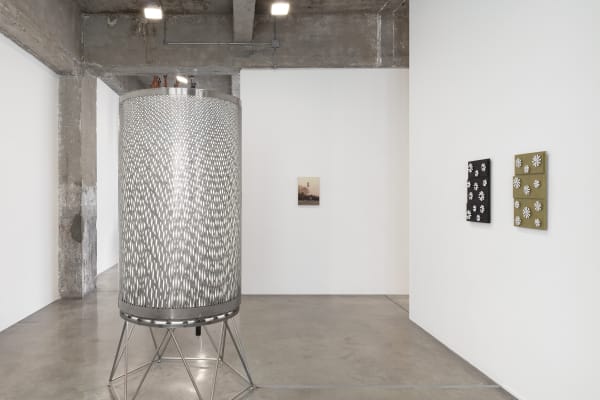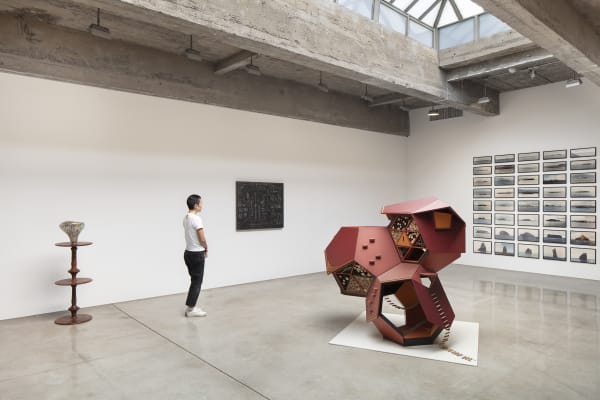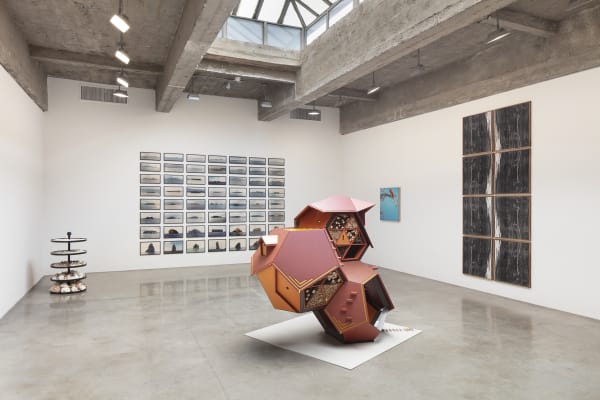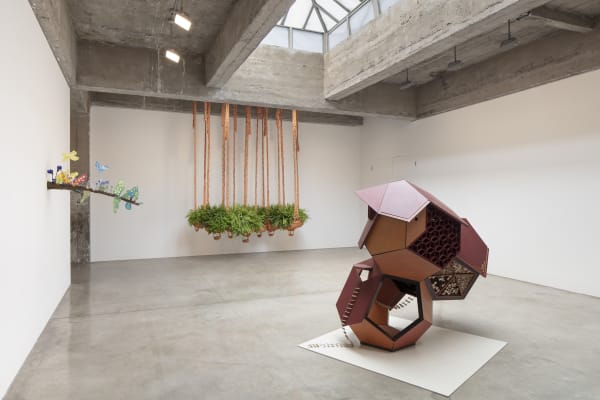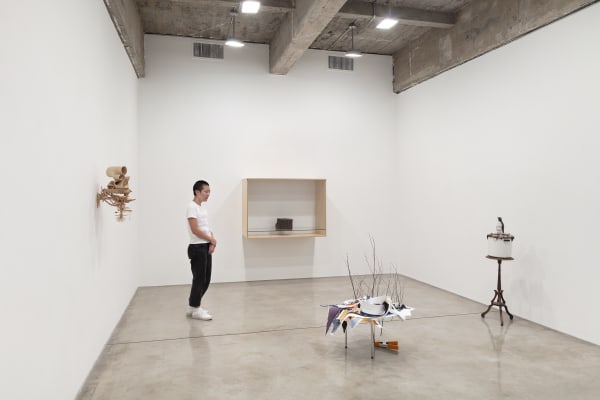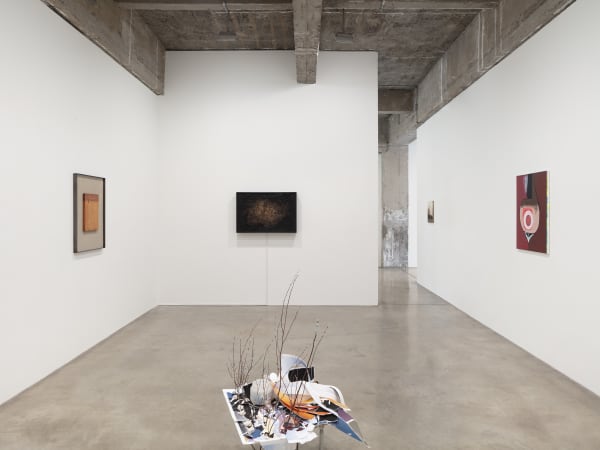Concerning Nature: Tanya Bonakdar Gallery, New York
“How should we regard nature? Until recently, the question was decisively answered by the practices of industrial society. Under the enchantment of the Enlightenment story of progress from darkness to light, from ignorance to knowledge, and from scarcity to abundance, we understood ourselves as steadily advancing toward a better future. A sign of this progress, as well as one of its causes, was the ever-increasing domination of nature through science and technology. Thus, it seemed, we could regard nature as just formless substance to be molded into whatever shape we desired. Recently, however, an uneasiness has entered into our understanding of our relations with nature and “progress” no longer seems assured.”
Tanya Bonakdar Gallery is pleased to present Concerning Nature, an exhibition featuring important work by Kelly Akashi, Uta Barth, Martin Boyce, Mark Dion, Nathalie Djurberg & Hans Berg, Olafur Eliasson, Jónsi, Laura Lima, Charles Long, Ernesto Neto, Lisa Oppenheim, Dana Powell, Analia Saban, Tomás Saraceno, Thomas Scheibitz, Haim Steinbach, Sarah Sze, Nicole Wermers, and Lisa Williamson.
How we understand and relate to the natural world is perhaps the most important existential question of our time, and this group of artists uses a variety of means, methods, and materials in their respective practices to explore nature as a theme, a subject, and substance. The works on view invite us to consider the full range of human experiences with nature, from the ecstatic to the darkest impulses, while simultaneously investigating the joyfulness and pleasure that come from the natural world.
Among the gallery artists exploring the boundaries and intersections of nature and culture, Martin Boyce examines the radical juxtapositions of the industrial and natural environments, investigating both physical and psychological landscapes. Haim Steinbach presents a found object deeply imbued with an almost infinite catalog of personal and cultural associations, presenting the representation of nature as a mirror. Dana Powell, Thomas Scheibitz, and Lisa Williamson play with abstractions and representations of nature as subject. Analia Saban explores the dissonance between intelligence and experience by providing instructions for an AI rendering of the natural world.
Through the examination of natural phenomena, Olafur Eliasson and Uta Barth’s works serve as tools for exploring the cognitive and cultural conditions that inform our perception, prompting a greater awareness of the way we engage with and interpret the world. Tomás Saraceno’s Cloud Cities: Species of Spaces and Other Pieces reveals the conditions of our entanglement with nature and advocates for a shift towards a sustainable vision for the future. Laura Lima’s work explores the liminal space between man and the natural world, questioning whether we are separate or apart. Mark Dion’s Still Life in Black and White employs the conventions of museum display to describe a narrative of environmental crisis.
Using natural elements more directly as material, Sarah Sze creates a landscape that is both organic and artificial, analog and digital, essentially placing all materials on an equal plane as vocabulary and as a tool of representation. Lisa Oppenheim uses natural wood as both subject and substance, presenting a large composition of wood grain photograms that are portraits of the internal landscapes of tree species. Nicole Wermers also uses found objects from nature speculating on the past development and current applications of the material sand while Kelly Akashi employs a floral motif as part of her virtuosic manipulation of materials and craftsmanship.
Renegotiating boundaries between the natural, spiritual, and social worlds, Ernesto Neto incorporates organic shapes and living plants to produce a new type of sensory perception. Jónsi grounds his visual practice in material and metaphysical experimentations with sound, sampling from nature to leave the viewer anchored through corporeal engagement while simultaneously transported via their cognitive imaginary. Charles Long’s “monad” drawings similarly suggest a more spiritual dimension of the natural world that is on the edge of the perceptible. Nathalie Djurberg and Hans Berg’s sculptural flowers recall species from the natural world, but are rendered in other-worldly colors and forms that symbolize the fleeting nature of human emotions.
